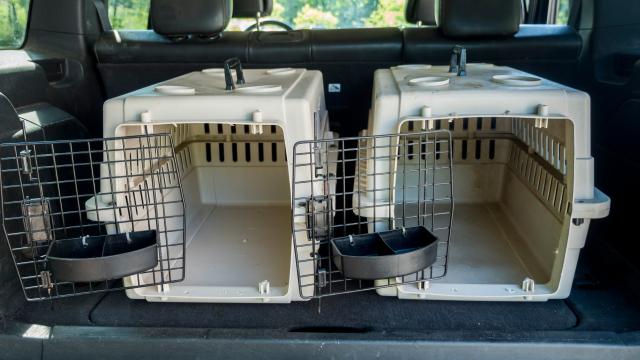There are a lot of scams out there, and the latest includes websites pretending to sell pets that don’t actually exist. Before you buy a pet online, make sure to vet the websites to lower your chances from getting your wallet emptied and heart broken.
Look out for suspiciously low prices
Scammers want to get your attention, and one way they stand out from the crowd is with prices that will make you look twice. Since they don’t really have pets and aren’t actually competing in that market, they’ll set prices ridiculously low. If it looks too good to be true, proceed with some extra caution.
Dead links to social media pages
Most websites have an “About Us” section that shares information about the business and highlights its staff, and most of the fake websites also have them too — complete with logos on their Facebook, Twitter, or LinkedIn. But those logos might just redirect back to the main page of the fake website, or the social media logos might not actually hyperlink to anywhere at all. Some advanced fake websites will go through the trouble of creating fake social media profiles, but they’re usually easy to spot as fake — look for thin, inactive pages.
They ask to pay with Zelle or other similar apps
Paying for anything with Zelle is extremely risky, and you should never do it with people you don’t know. The same can be said about peer-to-peer Venmo transactions, PayPal Friends and Family, and any other form of payment that doesn’t have a way to be reimbursed if something goes wrong. If your seller is insistent on using those forms of payment instead of something more secure — like PayPal Goods and Services — consider it a clear red flag.
Always google the business first
Always search for the name of the business, followed by the word “scam” or “reviews.” The first search result will usually be the main website, but the sites below it should highlight whether there are victims and what their experience was like. Of course, keep in mind that there’s a different between a bad customer experience and an actual scam.
Pet Scams has a database of fraudulent pet websites, too. The directory is extensive but by no means complete, so look at around at similar sites like Scam Adviser, Website Validator, and URL Void too.
Use the Better Business Bureau Scam Tracker
The Better Business Bureau (BBB) Scam Tracker is deeply underrated. You can search any website and see if anyone has reported it to the BBB as potentially being a fraud. You can also read their stories of how they got scammed by the business. Just search the name of the business on the keyword tool bar.
Check to make sure your tracking number is real
Be wary of third-party shipping sites that seem sketchy. Most fraudulent pet sites will have a sister site that pretends to offer pet delivery, and some even go as far as providing a tracking number. Most of them ask for weird requests, like paying for a specific pet carrier or paying extra for vaccine records and other ownership documents. Never pay for anything until you have a tracking number that you’ve verified with reputable carriers like UPS, FedEx, or the USPS. Don’t trust a tracking number link — instead, type the tracking number on the mail carrier’s official website.

Leave a Reply
You must be logged in to post a comment.